Drum roll please.
For those of you following my Kentucky Bluegrass in N. Georgia experiment, here is what I have to report after almost 11 months since it was planted. You can be the judge.
I have this grass planted mostly in a rectangular area of about 200 SF. I planted it because everyone said it will not grow here or die in the heat and I believed otherwise.
Part of this area gets morning sun and afternoon shade, part gets morning shade and afternoon sun, and there are also other parts in mostly shade and full sun.
The section that has done the best was planted in morning sun and afternoon shade. Some of this section is shown to the right.
The brown/dead grass you see was bermuda recently sprayed with roundup so it can be replaced. It has a little encroaching Bermuda in this section so I sacrified some KBG to get rid of the bermuda. Don't ask me why I photographed the dead grass, I was in a hurry.
{{gwi:117891}}
Shown here is a closeup of the grass in the morning sun/aft shade section.
This KBG seed is a mix of Midnight and Midnight II.
It was overseeded into the existing bermuda sod with no prep work whatsoever.
That could explain why germination took almost a month!
Seeing as how this was overseeding into bermuda sod, I think it's remarkable how this grass not only persisted but effectively choked out the bermuda in this location.
{{gwi:117892}}
The seed may have been laid on kind of heavy. I really have no idea but some of this grass is really thick and lush.
I gave it some starter fertilizer at planting time and in the spring I hand sprinkled very little Scott's Southern TurfBuilder (all I had) over the entire area. That was the only fertilizer it received.
{{gwi:117893}}
I am attempting to show you the under layer below the grass in this photo. I'm pretty sure this is good density. (I don't really know)
{{gwi:117894}}
In this photo you can see I rubbed out a spot in the grass to show you the layer underneath. It looks like there is a lot of dead stuff or stems down there. I don't know what the heck its from or if this is good or not. Remember this was overseeded into living sod.
{{gwi:117895}}
On to the section with morning shade and afternoon sun. This photo shows a very big problem... Bermudagrass encroachment! This encroachment was not a big deal until mid July. That's when the bermuda started to really get aggressive with the bluegrass. These photos were all taken today and there are some areas where the bermuda has choked out the bluegrass in this section. Most of the bluegrass has persisted to some degree, I'd guess it's become a 50% bluegrass and bermuda mix. But! this has only been a problem at the edges. The bermuda sod in the middle did NOT wake up from it's 7 month hibernation.
{{gwi:117896}}
More bermuda encroachment in the morning shade/ aft sun section. This particular section butts up against pure hybrid bermuda that has been fertilized throughout the summer and you can see what happens. These two grasses
don't look good together.
{{gwi:117897}}
This is in the full sun section. This is not a very good photo. I was all excited to show you this and when I loaded the photo on the computer the color is not so good. This was mowed recently at 2.5" It is pretty thick though and has remained green while the bermuda in full sun has suffered in our horrible heat and drought this summer. It's only rained here about 5 times this summer! If the KBG can survive this summer, it can survive any summer, I'm convinced.
{{gwi:117898}}
This is the real deal with boat-shaped leaves.
I'm going to overseed more bluegrass this fall and see how it does over a wider area next september. It has been said by local turfgrass experts that my bluegrass may decline 2 or 3 years after planting. Then again it has been said bluegrass will "die a crispy death" in the North Georgia/ Northern Metro-Atlanta summer climate.
{{gwi:117899}}
This was taken in July. For a while there was a very big difference in the color of the bermuda and the bluegrass but I lost my window of opportunity to photograph that. The bermuda is the shorter grass at the bottom. The
little crabgrass seen here has disappeared.
{{gwi:117900}}
This grass remained green the entire time. In the dead of winter it was green. In August the color dropped off a bit in the sunniest sections but I can tell that it has come back quite a bit with the somewhat cooler temps. I lazed out totally with watering this grass. Considering the drought, I wouldn't consider my watering regimen to be unreasonable in the least.
Here's my summary...
I planted this seed expecting it to die along with winter annuals. It didn't. This blend of Kentucky Bluegrass will grow in North Georgia, there's no longer any doubt about that. I'm satisfied with the quality of this lawn considering the brutal heat wave and drought and also because I did very little to maintain this. It's very pretty, dark green grass and that color, for the most part, never went away like with Bermuda when it's not fed. There were a few spots that had a poa annua invasion in the morning shade section. When that died out there were bare spots. They filled in with bluegrass to about 25% as of today.
This may not be best adapted to this area and may not be as durable as some warm season grasses but it certainly shows a lot of promise. I think with a better level of care than I gave it, this grass could make a really nice lawn here. Only time will tell.
This is the kind of maintenance level I can definitely live with. The grass has grown very fast but not out of control. If it needs to be overseeded every year, I still don't think that's unreasonable.
My soil test taken today indicates my soil pH is 6.5-7.0 and I'm low in the NPK department.
I'm going to expand this area to test further. So... I planted this KBG seed and it grew and kept growing and is still growing. Moral of the story, it pays to experiment.
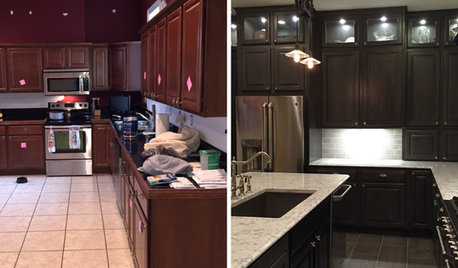
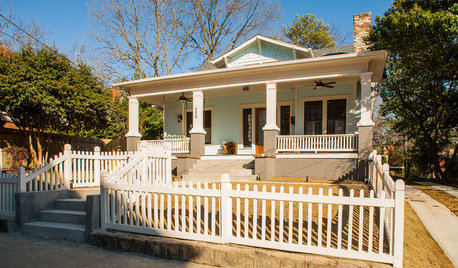
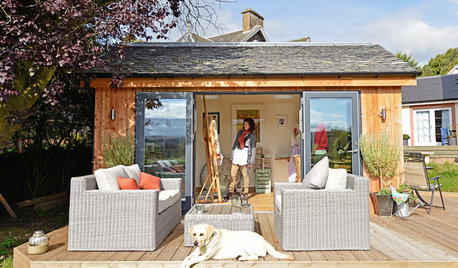

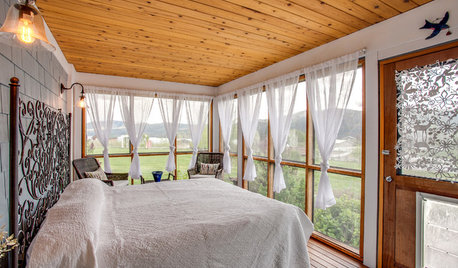
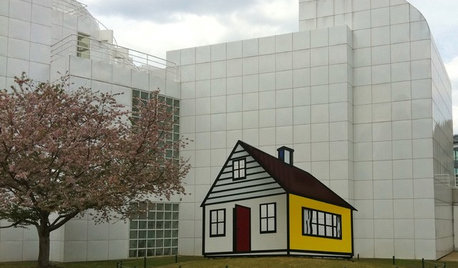

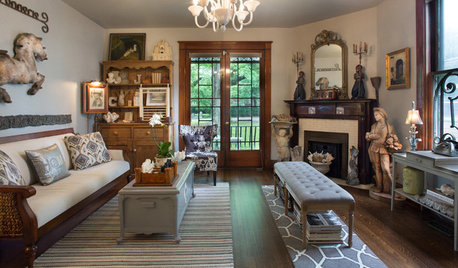
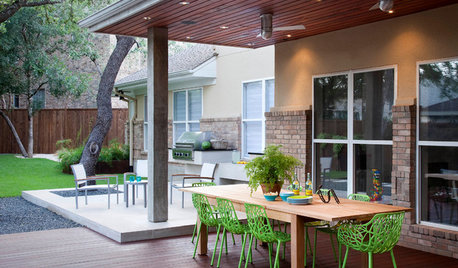
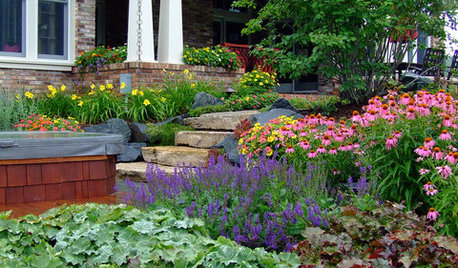






philes21
chisey
Related Discussions
Kentucky Bluegrass Mix?
Q
My new lawn is dying, please help!! (PICS)
Q
kbg in georgia, tn, al, kansas!(& st. aug for lou)
Q
Why does my Kentucky Bluegrass prefer the shade?
Q
quirkyquercusOriginal Author
turf_toes
quirkyquercusOriginal Author
yankee_in_va
Billl
jaliranchr
quirkyquercusOriginal Author
gannimal007
quirkyquercusOriginal Author
turf_toes
gannimal007
dlcooper52
quirkyquercusOriginal Author
quirkyquercusOriginal Author
quirkyquercusOriginal Author
gannimal007
quirkyquercusOriginal Author
heelsfan
quirkyquercusOriginal Author
heelsfan
auteck
auteck
tarheel23
auteck
quirkyquercusOriginal Author
heelsfan
bestlawn
tarheel23
quirkyquercusOriginal Author
auteck
heelsfan
auteck
quirkyquercusOriginal Author
auteck
david742